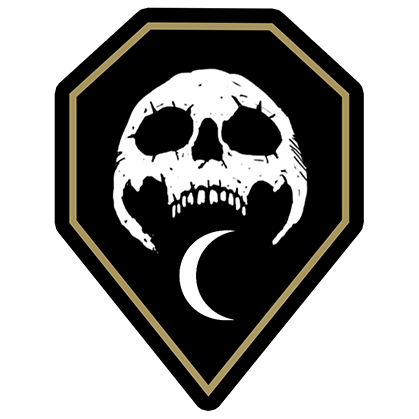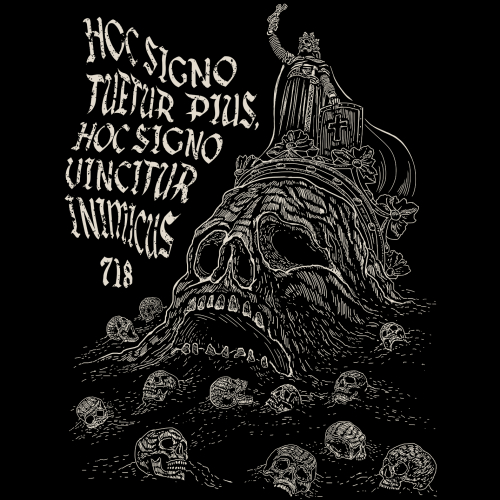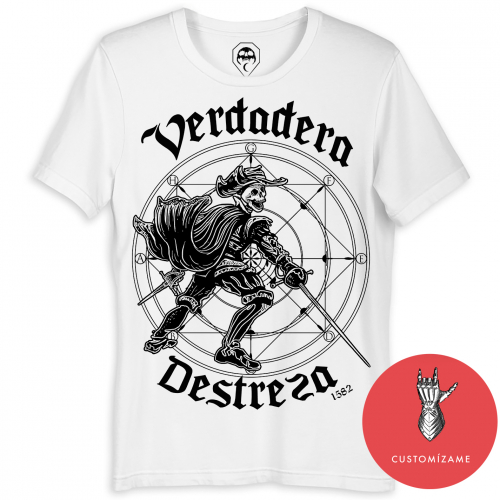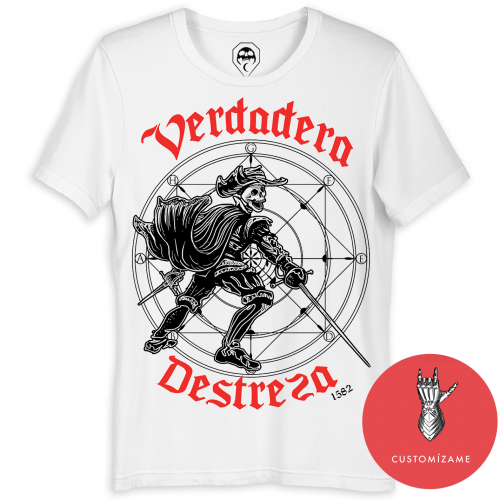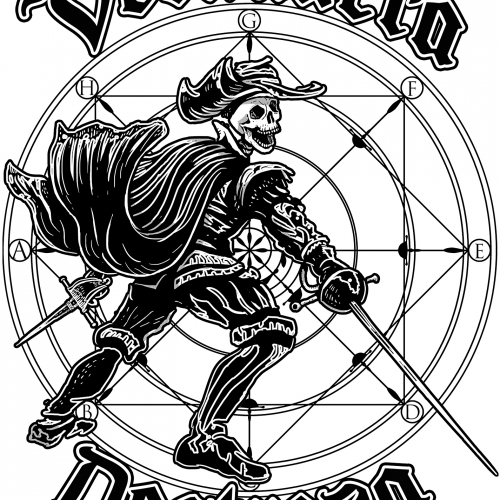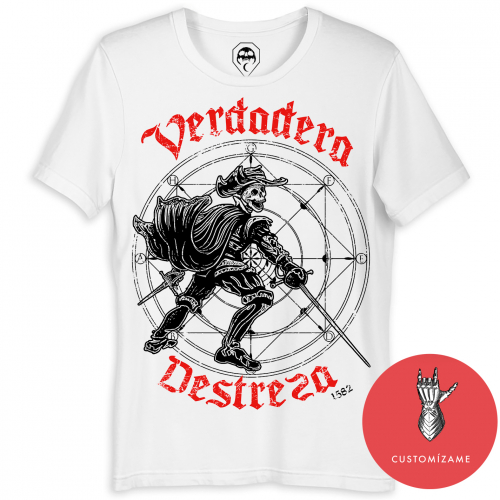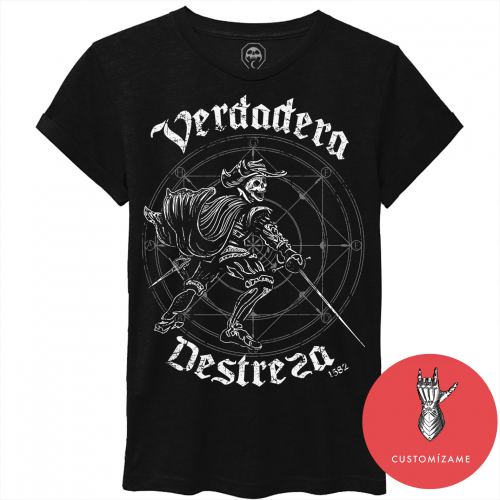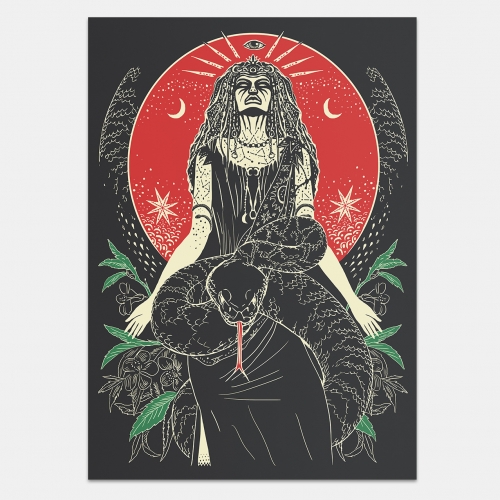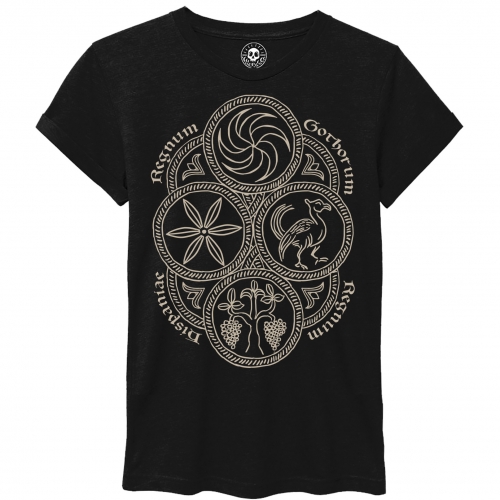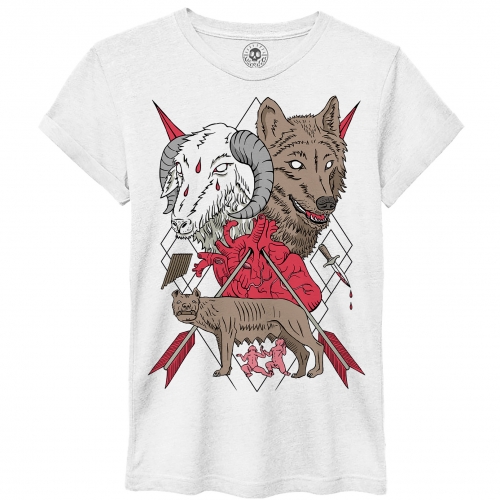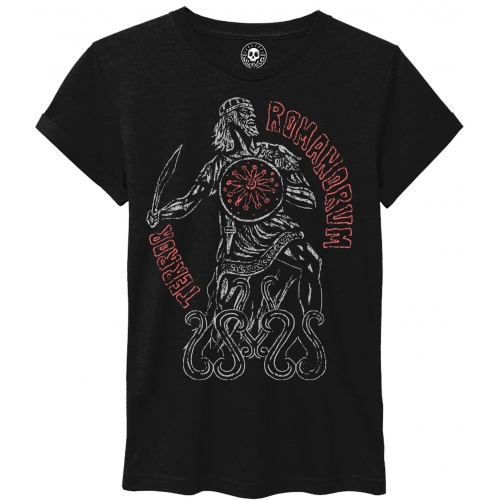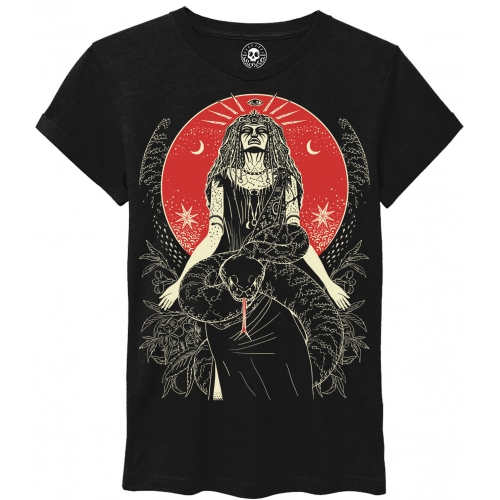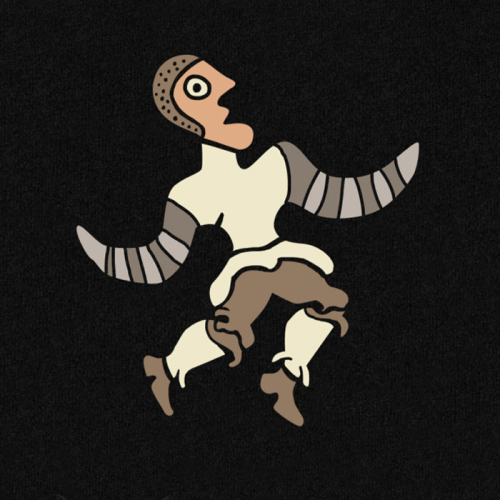If you have seen women running through the streets from one place to another being chased by some half naked guys in wolf skins who whipped and whipped them with bloody strips of ram, do not be alarmed! they are just remembering an old pagan festival, something lewd that yes, but it was a sacred rite of purification and fecundity celebrated in Ancient Rome every February 15 called the lupercales or Lupercalia.
The word comes from lupus, that is, wolf and its Roman god of fertility and male sexuality Fauno Luperco (Greek mythological deity Pan, the one who protected the wolf), a strange, hairy being, with legs and horns of a goat and large, pointed ears with a voracious and infinite sexual appetite.
One of the legends tells that in the ancient city of Alba Longa, the evil Amulio after deposing his brother Numitor from the throne, ordered to kill all his first-born, turning his daughter Rea Silvia into a virgin so that she would not have successors, but The god of war Mars was enraptured by the girl and they procreated the brothers Romulus and Remus, who managed to escape from the clutches of their uncle Amulio, managing to survive in the forests thanks to the woodpecker and the she-wolf Luperca who nursed and raised them. Years later they would return to their homeland to take revenge and kill him.
Due to the shortage of fertility and women in Rome, the oracle of the goddess Juno announced that the mothers of Lazio would be fertilized by a male goat. For this purpose, a ritual was held every February 15 in the Lupercal cave - there where Romulus and Remus were suckled by the she-wolf - where the most virile young men were selected - those ephebos who, on their initiation path, had lived in the forests as human wolves—, called loberos or luperci (friends of the wolf), and their faces were marked with the blood of a dog and a sacrificed male goat.
To make the rite more fun and interesting, virile members were created in the form of strips with the skin of the goat ... The libido to the surface, the lustful participants launched themselves in the carnal search for women eager to be impregnated, who agreed in a Shameless sexual play, whipping and spanking included, in a depurifying act that increased fertility.
Christianity erased with a stroke of the pen this fun bacchanal, so beneficial to health and to the women of Ancient Rome, moving it to February 14, Valentine's Day.
